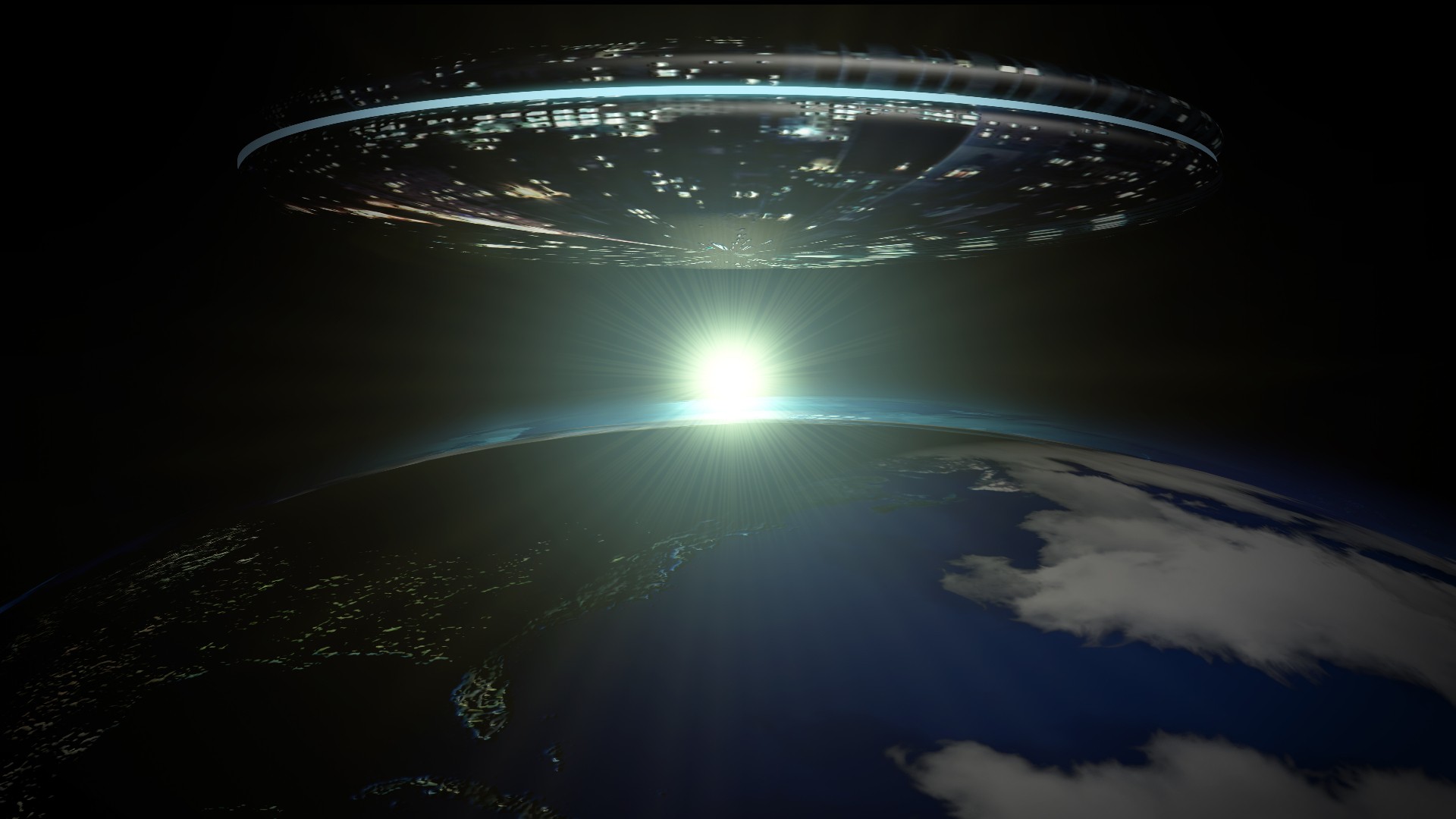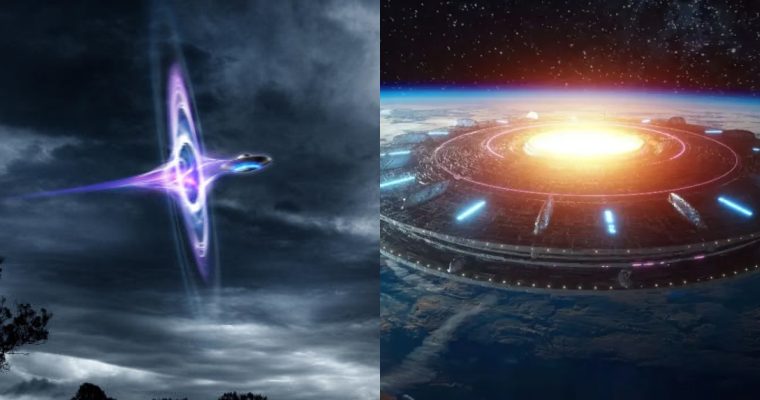Contrary to what many believe, it is the humans who would end up attacking an alien species, and not the other way around. This has been revealed by the science, technology and travel journalist Jamie Carter.

Some researchers claim that the behavior shown by humans towards other humans and nature shows that we are a hostile species. Therefore, they believe that in the future, if extraterrestrial contact is possible, it is more likely that humanity will be the first to attack.

The author of the article Jamie Carter, proposes a vision that almost nobody has considered; there is more chance of humans attacking an extraterrestrial civilization than the opposite.
Should we send messages into space in an attempt to contact advanced extraterrestrial civilizations? Or, maybe we should be afraid of being attacked?
These 2 questions are often contradictory, but most of the time we miss something important. It is likely that we are the “hostile aliens”.
Carter contacted Alberto Caballero, author of an experimental article to learn more about this version. His work determines how many dangerous alien civilizations might exist and how likely they are to invade us.
The number is staggeringly small. Extrapolating data on the history of invasions in the world in the last century, the military capacity of the countries involved and the global growth rate of energy consumption … there is a 0.0014% chance that the Earth will be invaded by a technologically advanced civilization.
This figure is based on the fact that the more advanced a civilization is, the less likely it is to attack again. After all, energy consumption is the method used to divide civilizations on the Kardashev Scale .
The Kardashev Scale and why they wouldn’t attack us

On this scale we can see Type I civilizations: those capable of harnessing the main sources of energy on their planet. Including the energy coming from its star.
Type II civilizations are capable of storing all the energy released from their star. Most likely through the Dyson Spheres . Its energy consumption is 10 orders of magnitude higher compared to that of a Type I civilization.
Finally, the Type 3 civilization, capable of accessing and controlling much of the energy generated by the entire galaxy.
Wait. Why would technologically advanced Type 1/Type 2 civilizations that consume more energy be less likely to invade?
“Data from last century shows that the frequency of invasions between countries have gradually decreased as time goes by,” said Caballero.
“Based on that data a civilization like humanity would be more likely to invade than a Type-1 civilization, but they would not have the means to travel to an extraterrestrial planet.”
Caballero also thinks there haven’t been any studies that estimate the prevalence of malicious civilizations or the probability of extraterrestrial invasion, hence his own effort. “It has not been possible to contrast the potential benefits versus the risks of sending a serious message,” he said.
There will be no aliens attacking each other, at least for now. So why the fear about attempts to make contact (known as messaging extraterrestrial intelligence or METI)?
“For the general public, the fear probably comes from all the decades of Hollywood movies about alien invasions,” said Caballero. Only in a very few movies – such as 2016’s Arrival – are extraterrestrial invaders peaceful.
In other words … calm down, look up, and think about something you might want to say to another intelligent civilization thousands of light-years distant.
source: anomalien.com








